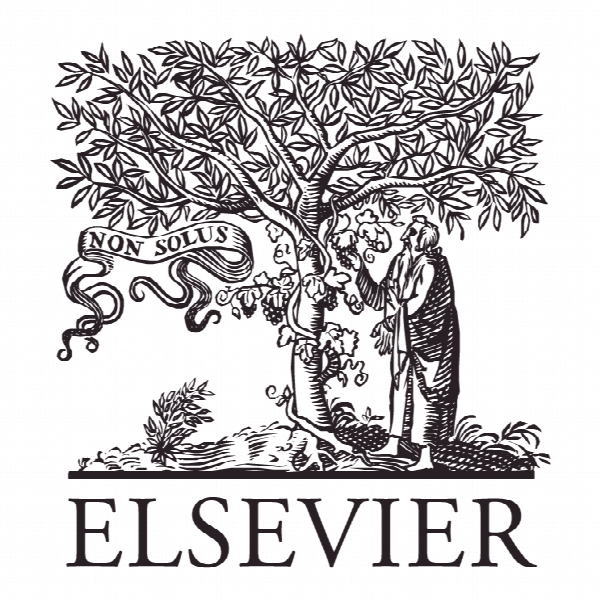اندازه گیری و تجزیه شاخص بهره وری مالم کوئیست برای سیستم تولید موازی Measurement and decomposition of the Malmquist productivity index for parallel production systems
- نوع فایل : کتاب
- زبان : انگلیسی
- ناشر : Elsevier
- چاپ و سال / کشور: 2017
توضیحات
رشته های مرتبط مدیریت و اقتصاد
مجله امگا – Omega
دانشگاه گروه مدیریت صنعتی و اطلاعات، ملی چنگ کونگ، تایوان
نشریه نشریه الزویر
مجله امگا – Omega
دانشگاه گروه مدیریت صنعتی و اطلاعات، ملی چنگ کونگ، تایوان
نشریه نشریه الزویر
Description
1. Introduction As competition in the global market is becoming ever more intense, production processes need to become more efficient in order to improve company performance, thus enabling firms to survive. Data envelopment analysis (DEA), developed by Charnes et al. [1], is perhaps the most effective approach for measuring the relative efficiencies of a set of decision making units (DMUs) that apply multiple inputs to produce multiple outputs. Based on the results of this analysis, a DMU is able to identify the sources of inefficiency, and thus work to make the necessary improvements. Since every DMU aims to improve its performance, a measure that shows the relative improvement of one DMU compared to the others is desired, and one way to obtain this is the Malmquist Productivity Index (MPI), which measures changes in the performance of a DMU between two periods. Some typical examples include Tunisian schools [2], Taiwanese scholars [3], and Iranian steam power plants [4]. This is also important for examining the effect of an act or policy over a period of time, such as the Sarbanes-Oxley Act of the US [5], the reorganization of Taiwanese forests [6], and the privatization of the Pakistani cement industry [7]. Conventionally, the DEA technique measures efficiency from the viewpoint of a system, the whole DMU, in which only the inputs consumed and the outputs produced by the system are considered. In other words, the system is treated as a black box, ignoring the operations of the component processes. As a result, a DMU that performs better in all processes than another one may still have a lower efficiency score [8]. If the efficiency measures are incorrect, then the subsequent measure of changes in performance will also be incorrect. For this reason, the operations of the component processes must be considered when the data is available, and this led to development of the network DEA method [9]. The network DEA approach takes the operations of the component processes of a system into account. Many network DEA models have been proposed [10], with most developed for two-stage systems, where all the inputs are supplied in the first stage to produce intermediate products for the second stage, which then produces the final outputs. Kao and Hwang [11] proposed a model to measure the MPI of this type of system, and showed that the system MPI is the product of the individual process MPIs. This property can be extended to multi-stage systems.


